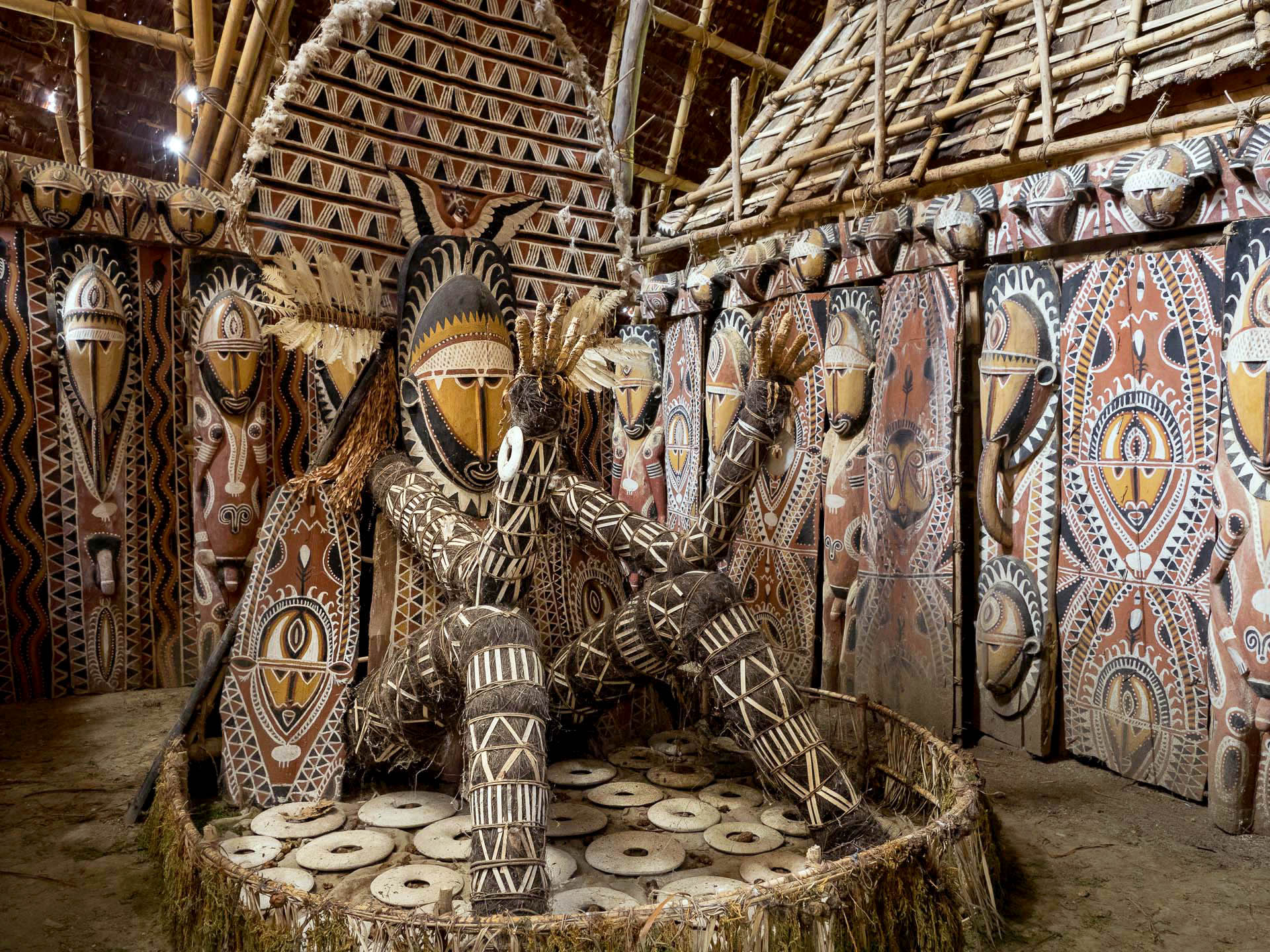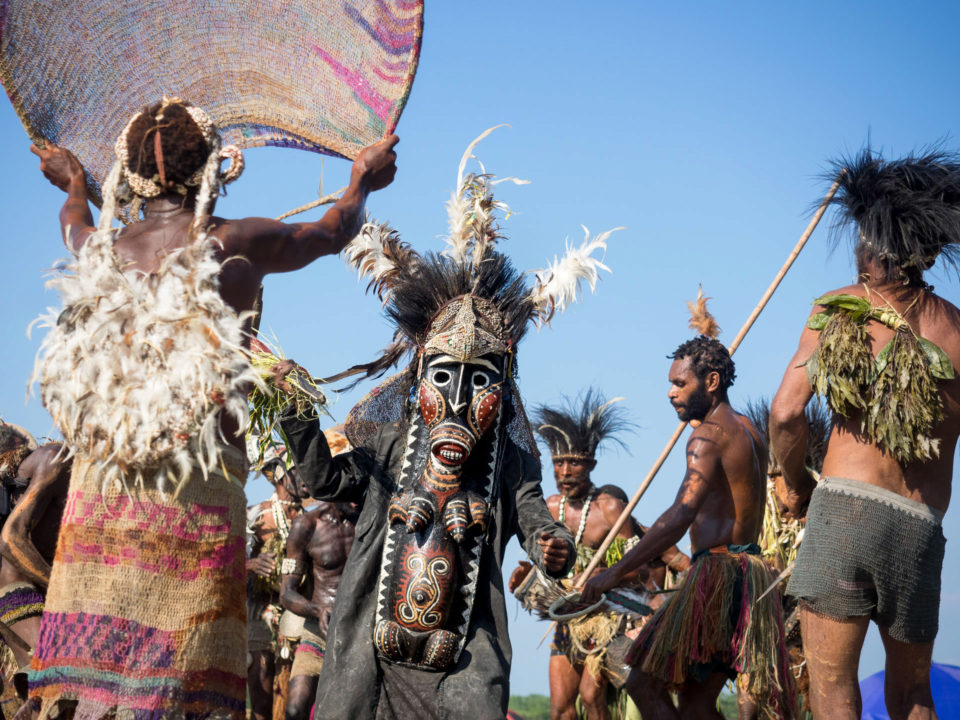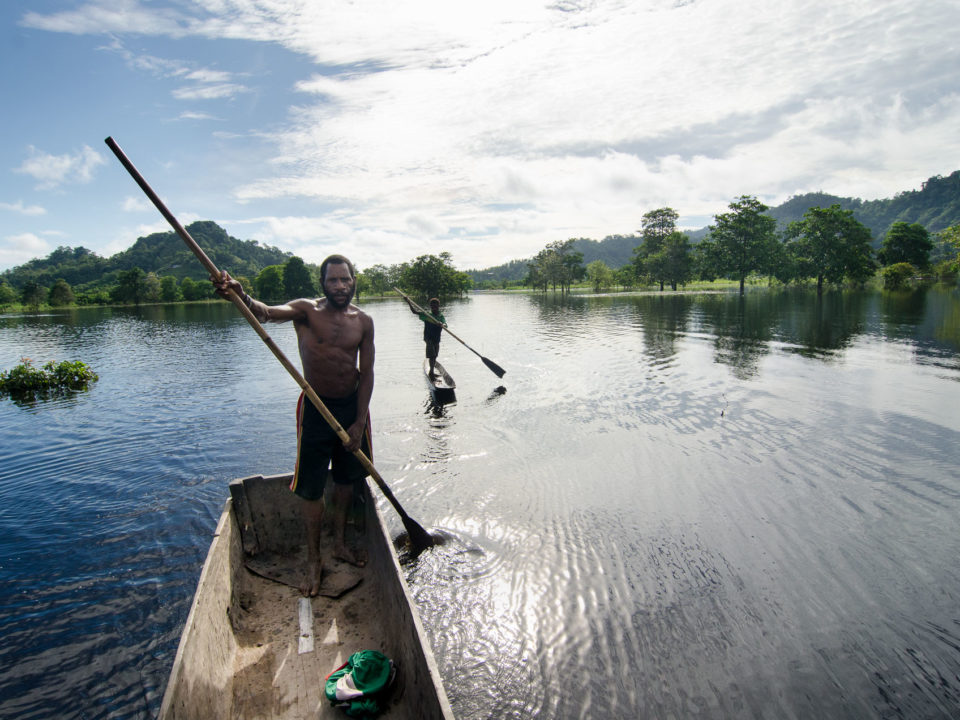An Abelam myth story.
During a trip along the Sepik, I heard a folk tale about a powerful spirit-man who became a yam (a sweet potato) and drifted down the river spreading around Maprik, where the Abelam tribes were living.
Two years later, I arrived at the Abelams and recorded their side of that tumbuna story of the deity which brought the yam to their lands.
Tag: Cultural anthropology
The story of Makapasapa and Sasaap
A Kwoma myth story which I heard from David Kaipuk, a Kwoma elder, on my first expedition along the Sepik, in 2012. Then, he told me only a part of it, saying that the rest belongs to other clans. Afterwards, I saw motifs from the Makapsapa myth painted and carved inside the tambaran, and even on the posts of the Ambunti market.
In 2015, I recorded the complete story from Kowspi brothers, two Kwoma artists.
Collecting folk tales along the Sepik River, Papua New Guinea
Between 2012 and 2018, I travelled to remote communities along the Sepik. I found my way by word of mouth, through extended families, following their stories. I joined my hosts working sago, catching fish, hunting, trading crocodile skins and gold-mining. I attended ritual ceremonies, watched trials for custom-breaking and sorcery, witnessed wife exchanges and listened to every-day issues mixing old taboos and nowadays solutions.
Several elders and young artists were receptive to share their stories with me.
Glossary for Sepik folk tales
I wrote this glossary with photos to explain some of the words and expressions which appear frequently in the stories. It’s not meant to be an extract of a PNG Pidgin – English dictionary, but to give a little bit of context related to the environment where I collected the folk tales. Bilum – means bag or sac. Traditionally it’s […]
Continue readingAbelam’s spirits houses, gods and yams (Maprik, PNG)
Gods, heroes, ritual artwork, ceremonies, spirits’ houses, taboos, local pride and, recently, demands for governmental funding are revolving around the yam, the staple food of the Abelams, and their trade-good over fish with the river people.
Continue readingSpirits’ houses and Kwoma people, (Sepik River)
The Kowmas are among the very few ethnic groups along the Middle Sepik course, that continues the tradition of tambaran and singsing (ceremony) after the missionaries’ assault. The tambaran is a powerful place, the gathering of the male ancestors’ spirits. Pillars, crossbars, roof and walls are carved and painted with motifs from their mythology.
Continue reading




